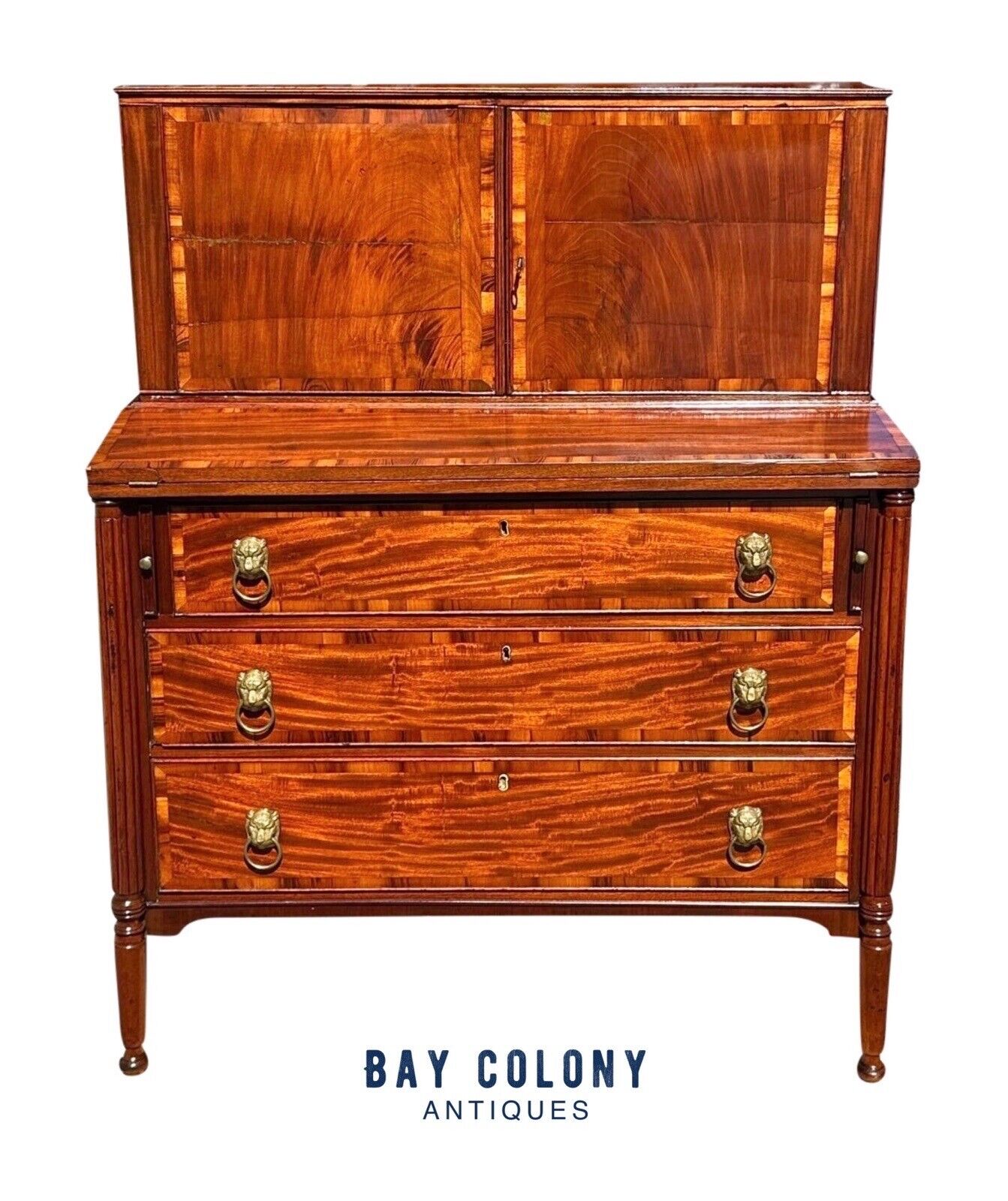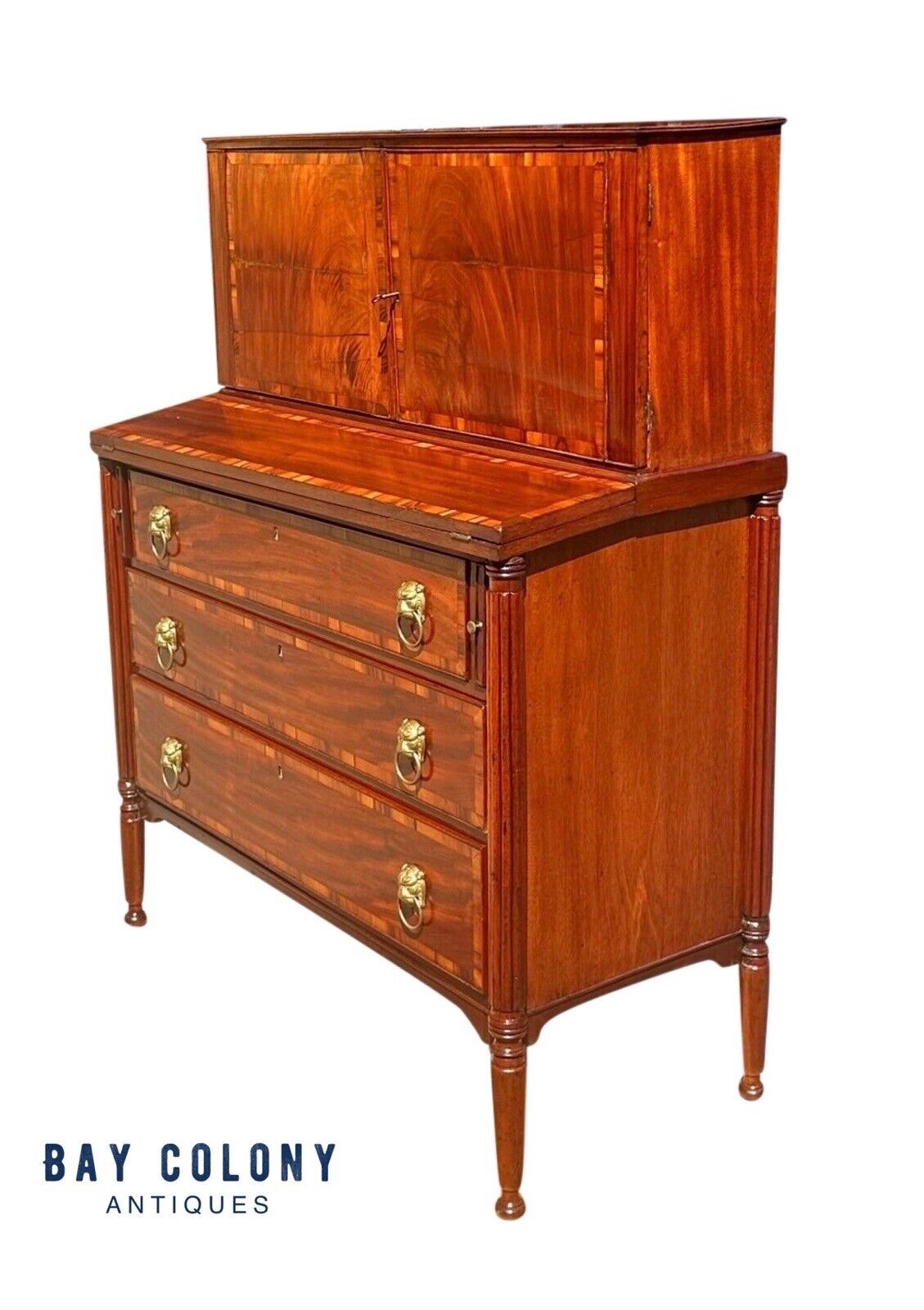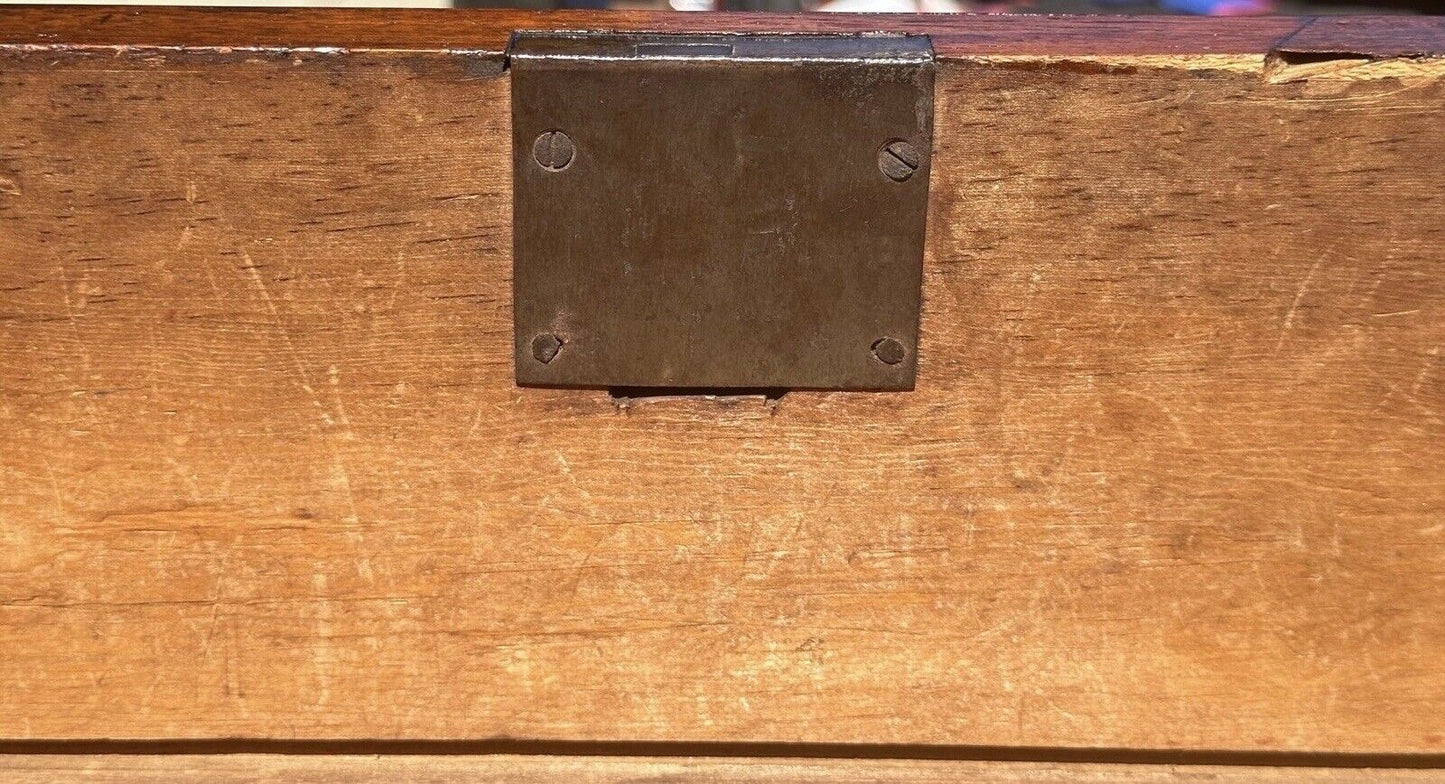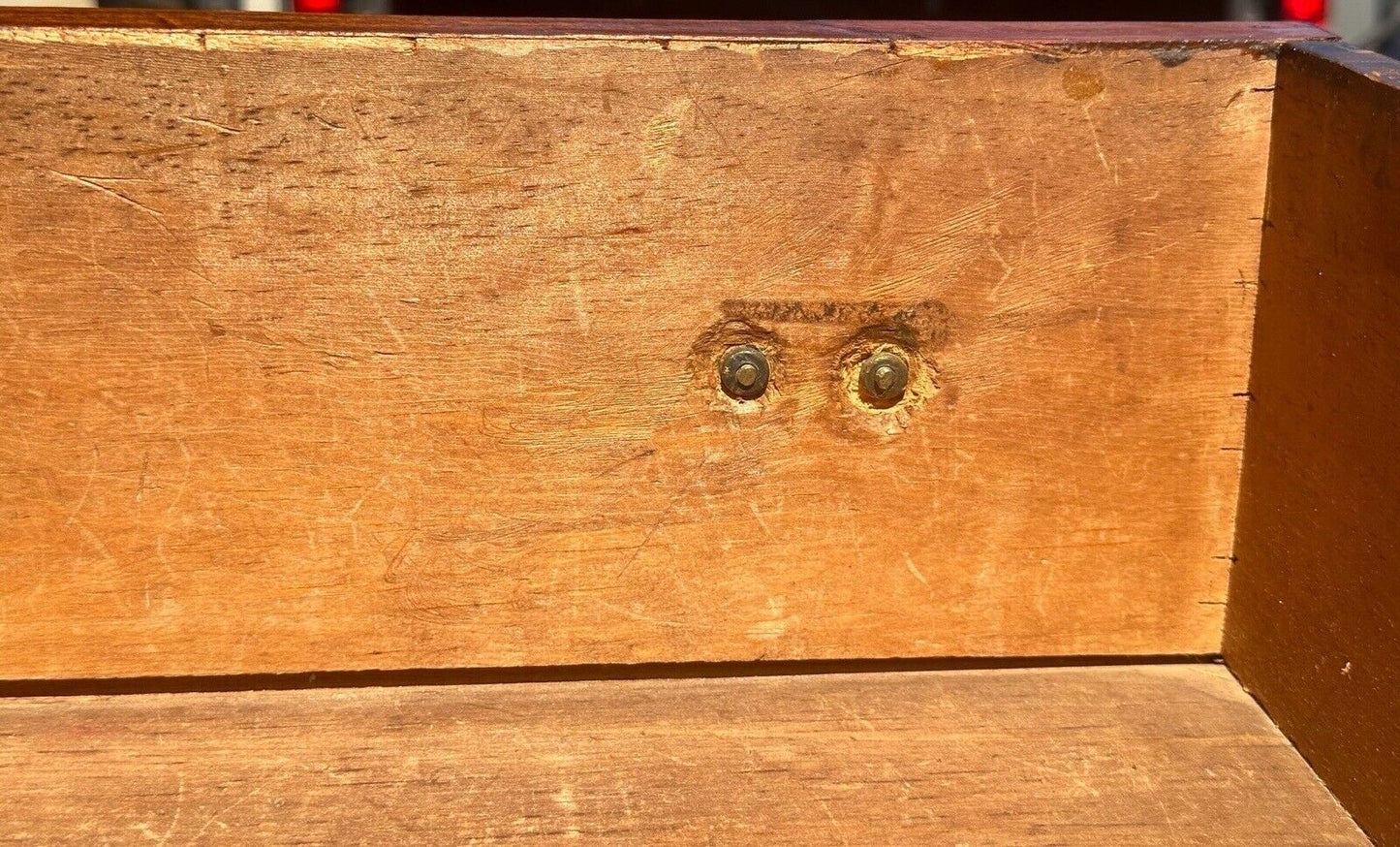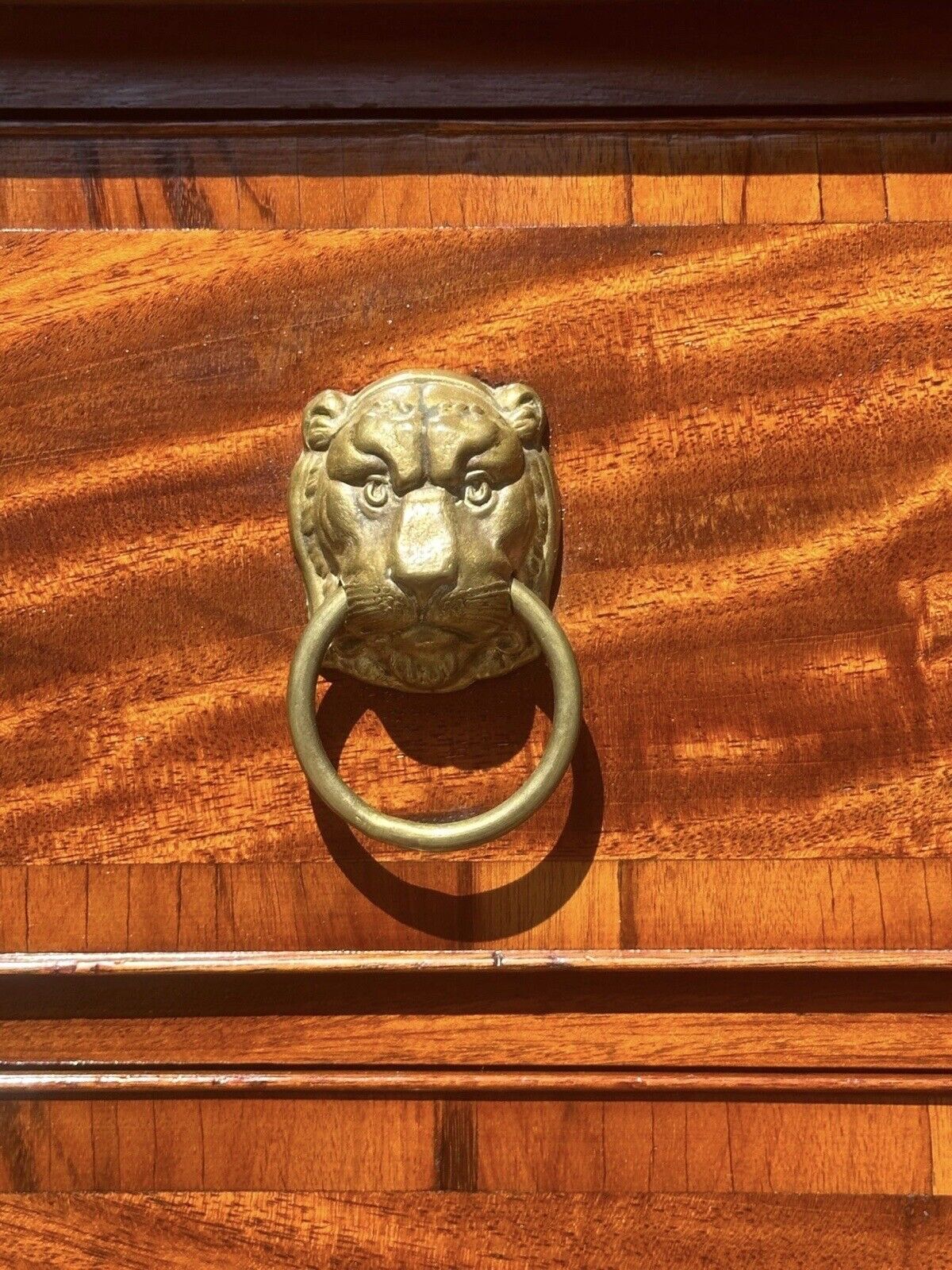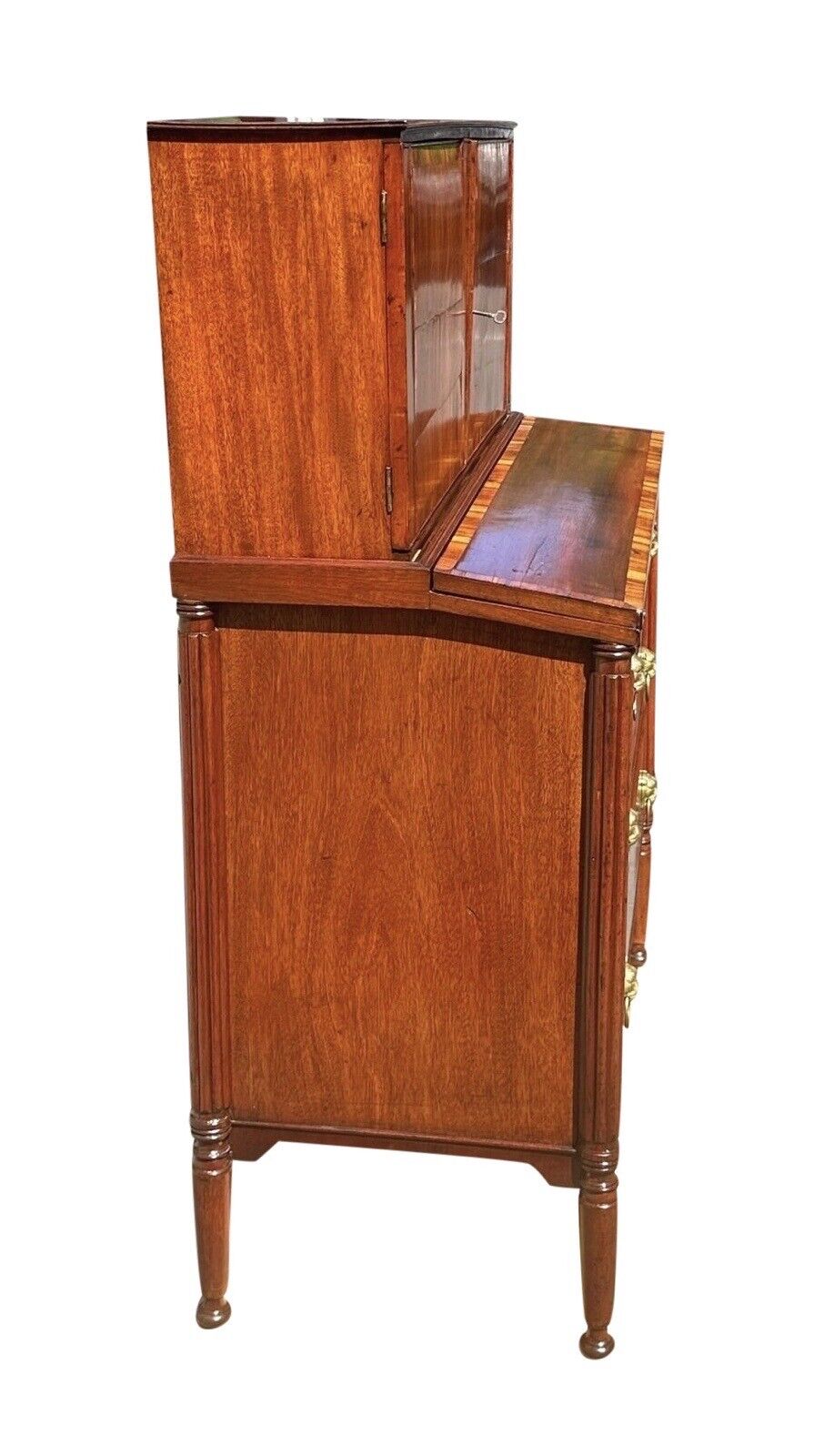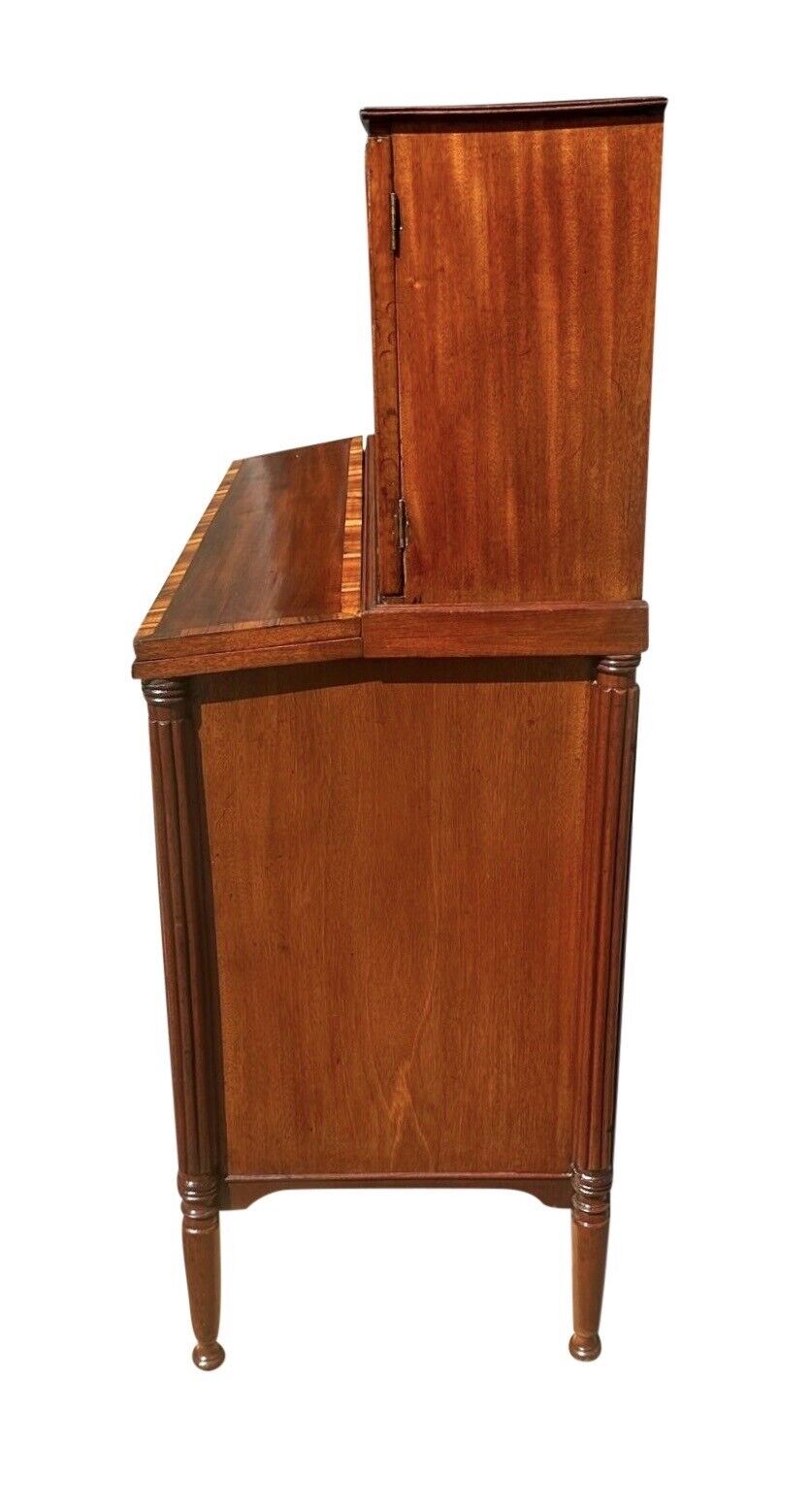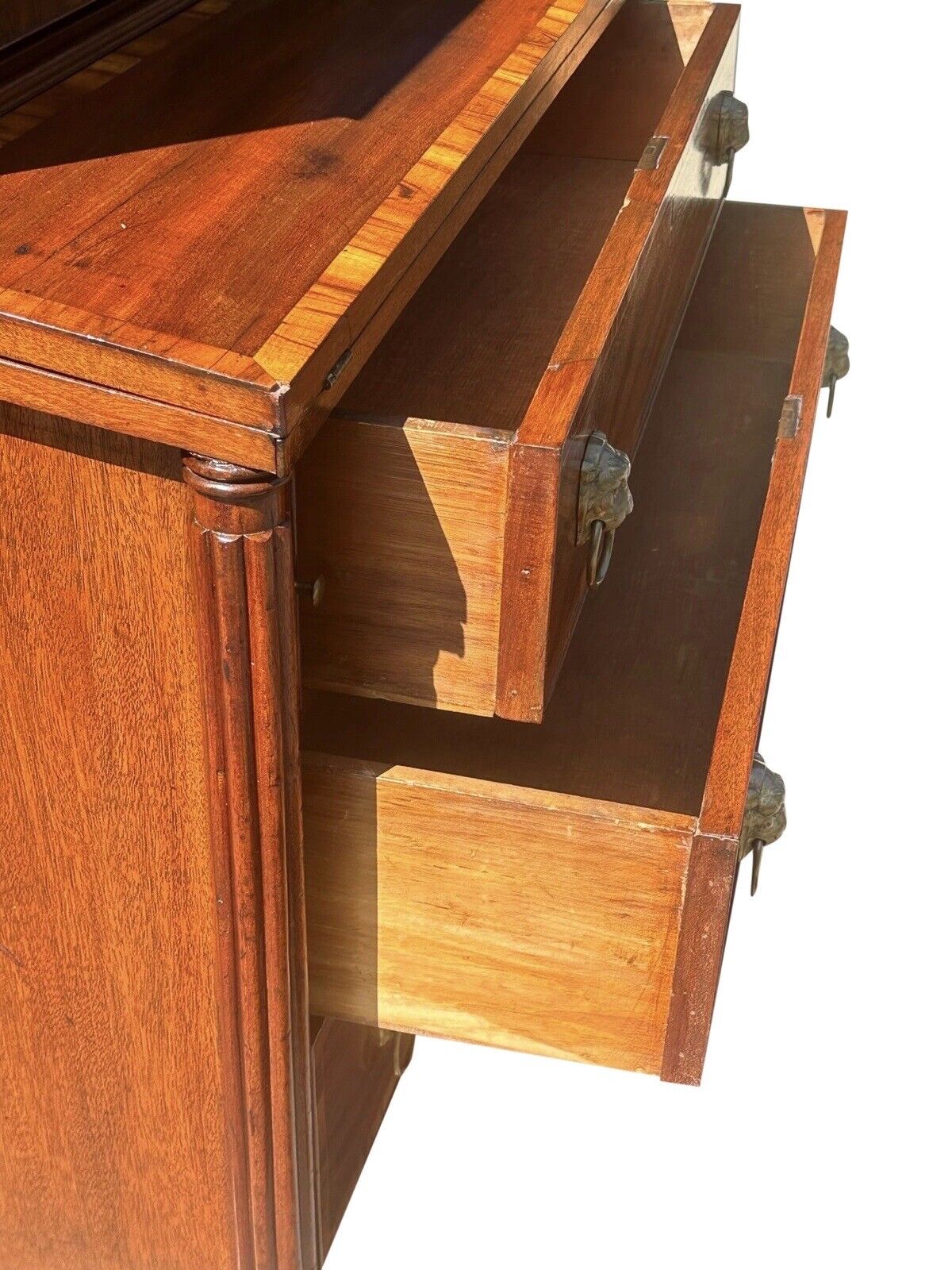Bay Colony Antiques
Antique Federal Boston Mahogany & Rosewood Secretary Desk - School of T. Seymour
Antique Federal Boston Mahogany & Rosewood Secretary Desk - School of T. Seymour
Couldn't load pickup availability
|
With our absolute highest compliments Bay Colony Antiques takes the utmost pleasure in offering perhaps one of the finest secretary desks to appear anywhere in the American antique market with respect to scarcity and value. As we have endeavored to learn as much as possible about American history and the antiques and historical heirlooms of each period we always come back to the same conclusion which is that we love nothing more than the high style Chippendale and early Federal era antiques of 18th century Boston, Massachusetts. We are of course biased because our practice has been located either in or outside of Boston since the 1970's however we objectively feel that no other city produced more for the cultural heritage of America than John Winthrop's City on a Hill. With respect to the tradition of cabinet-making and fine furniture craftsmanship there has never been anyone nearly as influential as the father and son partnership of John & Thomas Seymour who operated a small firm in the city which would grow to employ some of the finest craftsmen this country ever produced. The scholarship around the Seymour firm is not absolute with only historical city records and rare labeled furniture as the only definitive sources. In our experience when ten self appointed Seymour furniture scholars are asked for consensus the only thing that can be agreed upon is each feels they are superior to the other nine. The prolific careers of the Seymour family and those in their employment will never be fully understood nor every piece that firm produced shall ever be properly identified. Moreover, the influence the Seymour's had over all aspects of Boston area craftsmanship and design is hard to quantify and fully articulate however the general inspiration taken from their works is regarded as The School of John & Thomas Seymour. This secretary desk is comprised of old growth Santo Domingan or Honduran mahogany with the finest cuts selected for veneers which adorn the front facing surfaces of the desk. Exotic rosewood veneer was selected to contrast the premium mahogany and provide additional vibrancy and elegance. Cherry lumber is used in select places such as the double blind doors which becomes apparent when the doors are open. Traditional native New England pine was utilized for the secondary case construction including the drawer boxes and the backboards. The princely sum of $38.00 was originally paid for the desk as noted in the oxidized inscription on the back of the desk. This would have been a fair price for such a fine desk comprised of the best materials sourced from half a world away but still outside the reach of a common patron of the day. The upper desk section features double blind doors which open to reveal ten vertical compartments over three small drawers typically used to store writing implements. We note the apparent shrinkage age splits upon the surface of the upper secretary doors. This is much preferred to the alternative which is that an antique restorer strips the original veneer off the doors and replaces it as best they can. This became a common practice particularly in the 1960's and 1970's often done to pass off the restoration as original or as an enhancement to fool collectors into believing that a piece is rarer or more valuable than it truly is. We take no pleasure in telling people that their prized antique has modern elements which substantially detract from its fair market value and unfortunately have had to do so many times. All wood is susceptible to changes in humidity and will invariably develop seasoning splits so any true collector should embrace these aspects versus perceiving them to be something that should be covered up or changed. Any object that is centuries old will need care and from time to time the light touch of a trained restoration expert. Remarkably the desk has retained the original brass hardware elements including the sophisticated lion head brass pulls. Quite often brass was stripped off antique desks as it has spiked in value periodically through history and in times such as the American great depression and WWII was sold off for scrap metal. This desk is worthy of any historical institution or collection of important antiques and we have no doubt that one day it will be housed alongside other antiques of distinction and significance. It is truly our pleasure and honor to care for this remarkable piece and we will be privileged to place it a new home where it will be preserved and treasured for years to come.
|
Share
